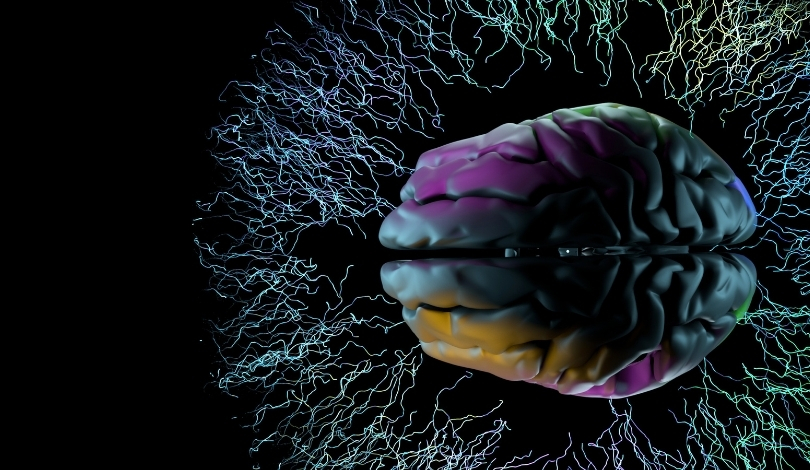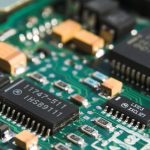The integration of robotics with physical AI is reshaping the landscape of industries such as manufacturing, logistics, agriculture, and infrastructure. As autonomous mobile robots (AMRs) become more capable with advanced sensors and algorithms, their use is expanding beyond predictable indoor settings into outdoor and complex environments. The dialogue on these topics between DigiKey’s Shawn Luke and onsemi’s Bob Card and Theo Kersjes underscores both progress and persistent technical demands. These developments may influence how companies approach labor shortages and workplace safety, bringing new perspectives to long-standing operational challenges.
Discussions in previous years largely focused on early sensor fusion and basic navigation challenges for AMRs. Many solutions at that time prioritized single-task optimization, and field deployment was typically limited to controlled areas. Compared to earlier systems, today’s robots incorporate more sophisticated edge computing, improved connectivity options such as 10BASE-T1S Ethernet, and a wider variety of sensor packages. The collaborative approach between DigiKey and onsemi reflects a broader industry trend, where simulation coupled with real-world validation is seen as necessary for safe, reliable deployments in less predictable settings.
How Are Smarter Robots Adapting to Dynamic Workplaces?
Modern industrial robots, once stationary and hazardous for human coworkers, are evolving to collaborate more safely and flexibly due to enhancements in sensor integration and AI processing. These robots leverage multiple sensor types—lidar, cameras, ultrasonic, and force feedback—to navigate environments with improved precision and to prioritize human safety. Advanced design now enables robots to take on heavy, repetitive, and risky tasks that are unfit for human workers, marking a shift from rigid automation toward adaptive problem-solving in real time.
“Smarter robots come into play to ensure that humans working alongside robots are working in physical harmony,”
said representatives from onsemi when explaining the importance of these sensing technologies.
What Distinguishes AMR Communication and Control?
The communication framework within AMRs is moving toward higher bandwidth and simpler topology, as highlighted by the adoption of 10BASE-T1S Ethernet over the older CAN protocol. onsemi’s NCN26010 (MAC & PHY) and NCN26000 (PHY) controllers enable more efficient network management and reduce wiring complexity, which is beneficial for compact robotic systems. This approach increases scalability and streamlines integration between robotics and automotive sectors, supported by edge devices like NVIDIA Jetson. Emerging technologies such as SLAM (Simultaneous Localization and Mapping) automation are now common in both robotics and autonomous vehicles, giving robots an ability to map and update their understanding of their surroundings continuously.
How Do Enhanced Sensors Shape Robotics Applications?
Sensor advancements in dynamic range, force feedback, and precision rotary positioning are allowing robots to tackle sophisticated tasks in variable environments, from agricultural harvesting to infrastructure maintenance. The NCS32100 Inductive Position Sensor by onsemi exemplifies how high-accuracy feedback improves the capabilities and range of robotic actions. Onsemi also emphasizes the simulation and evaluation of real system-level benefits, moving beyond traditional lab testing to operational analytics through platforms like NVIDIA Omniverse Isaac Sim. Efficient power management technologies, including DC-DC converters such as the FAN65000 family and advanced MOSFETs, further extend operational time and reliability for battery-powered AMRs.
“We see 2025 as ‘the year of proof that the robot can do it,’ with so many new levels of innovations that are becoming more mature in the space,”
the team noted, reflecting both optimism and the trajectory of current trends.
Efforts to simplify software portability, such as designing with Docker containers and ensuring compatibility with microcontroller brands like Renesas, AMD, and Advantech, also illustrate a shift toward open, collaborative development ecosystems. This supports the broader goal of rapid deployment and adaptability for varied hardware in complex, multi-vendor environments.
DigiKey and onsemi’s conversation highlights a movement away from isolated robotic systems to interconnected, learning-capable platforms ready for operational deployment in difficult and dynamic environments. For industry professionals, keeping up with advancements in AMR sensor integration, communication protocols, power management, and simulation-backed evaluation may provide competitive advantages. As adoption scales, further integration with cloud technologies and network-wide learning is likely, demanding continued attention to interoperability and safety across all levels of design and application.










